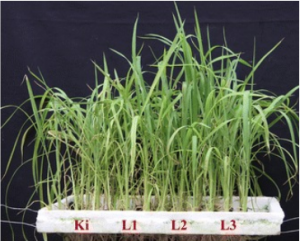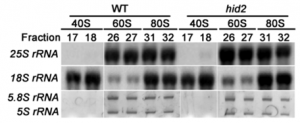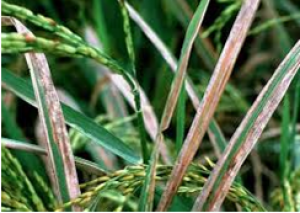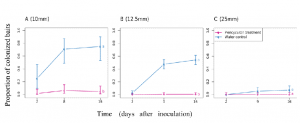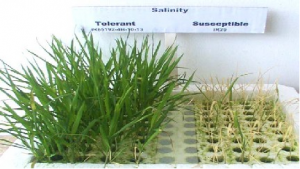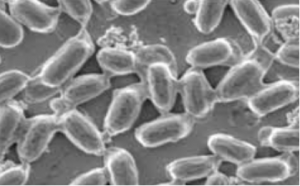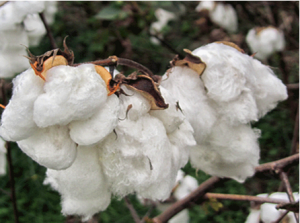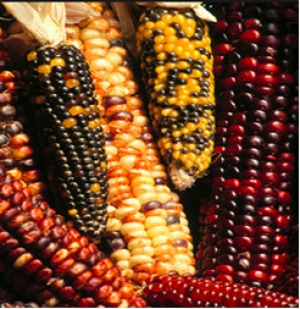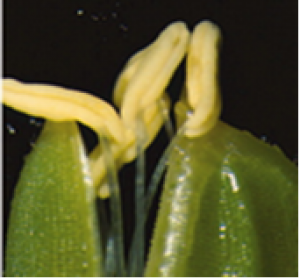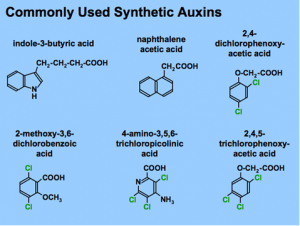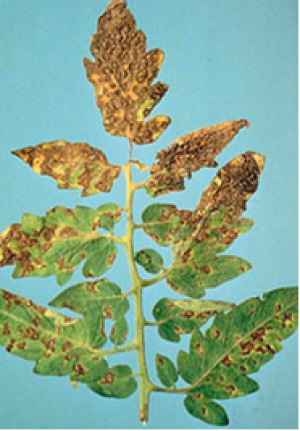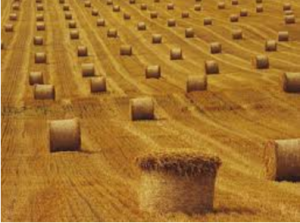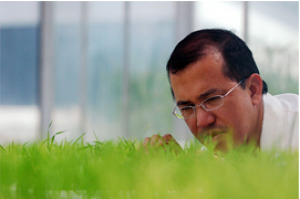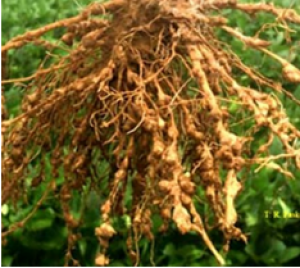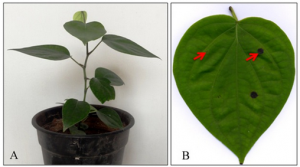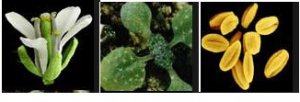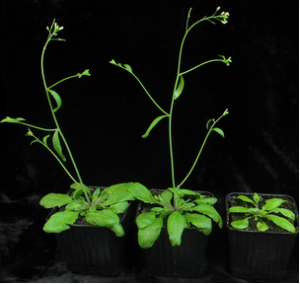|
Gut bacteria are essential for development of an invasive bark beetle by regulating glucose transport
Thursday, 2024/08/15 | 07:57:00
|
|
Fanghua Liu, Fangyuan Ye, Yunwen Yang, Zhiwei Kang, Yang Liu, Wei Chen, Saige Wang, Hongru Kou, Le Kang, and Jianghua Sun PNAS, August 7, 2024, 121 (33) e2410889121 SignificanceGut symbiotic bacteria make beneficial contributions to their insect hosts. Elucidating the mechanism underlying gut bacteria–host interactions provides potential targets for pest control. Here, we found gut bacteria can promote the development of redturpentine beetle (RTB) larvae by regulating D-glucose transport via induction of hypoxia and secretion of riboflavin. These activate the expression of hypoxia-inducedtranscription factor 1 (Hif-1α) which in turn regulates the expression of two glucose transporters ST10 and ST27, thereby modulating D-glucose transport from gut to fat body. Blocking D-glucose transport resulted in abnormal development. Our findings unveiled the molecular mechanism by which gut bacteria regulate RTB development, providing insights into the function of RTB symbiotic microbes. We can attempt to manipulate these host–microbe interactions for biocontrol of an invasive pest. AbstractInsects and their gut bacteria form a tight and beneficial relationship, especially in utilization of host nutrients. The red turpentine beetle (RTB), a destructive and invasive pine pest, employs mutualistic microbes to facilitate its invasion success. However, the molecular mechanism underlying the utilization of nutrients remains unknown. In this study, we found that gut bacteria are crucial for the utilization of D-glucose, a main carbon source for RTB development. Downstream assays revealed that gut bacteria-induced gut hypoxia and the secretion of riboflavin are responsible for RTB development by regulating D-glucose transport via the activation of a hypoxia-induced transcription factor 1 (Hif-1α). Further functional investigations confirmed that Hif-1α mediates glucose transport by direct upregulation of two glucose transporters (ST10 and ST27), thereby promoting RTB development. Our findings reveal how gut bacteria regulate the development of RTB, and promote our understanding of the mutualistic relationship of animals and their gut bacteria.
See https://www.pnas.org/doi/10.1073/pnas.2410889121
Figure 1: Gut bacteria are essential for the normal development of RTB larvae. (A) Mean body length (Left graph) and the ratio of thorax width: head capsule width (Right graph) for each treatment at day 2, 4, 6, and 8. A minimum of six individuals was measured at each time point per treatment. CN means conventional reared RTB larvae. AX means RTB larvae treated with four antibiotics. (B) Gut bacteria elimination affected the weight change of RTB larvae (n ≥ 30 individuals, Student’s t test). The measurement of the feeding area (C) and average number of fluorescent tracer particles per gut (D). Mean ± SE. The asterisk indicates significant difference (**P < 0.01, ***P < 0.001 and ns, not significant).
|
|
|
|
[ Other News ]___________________________________________________
|


 Curently online :
Curently online :
 Total visitors :
Total visitors :
(170).png)
